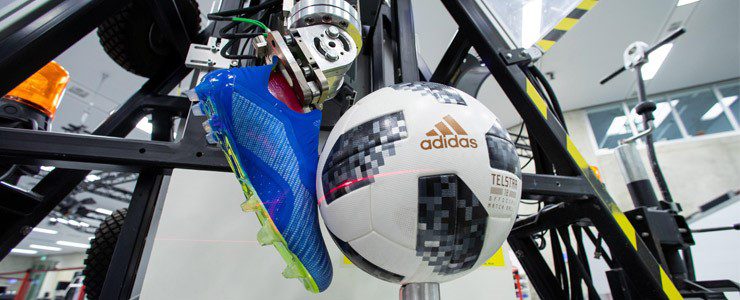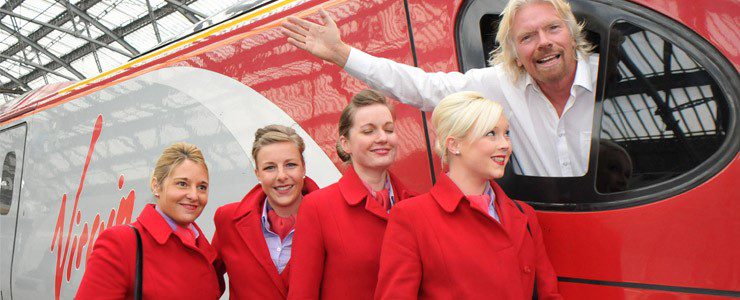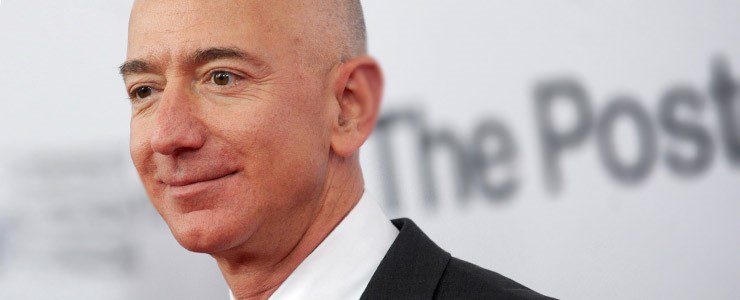
Entrepreneurs – Adidas: The SpeedFactory
When American tanks stood facing a German sports shoe factory in April 1945 they could have hardly known that their decision to spare the plant would have such a profound impact on history.
This plant, the Dassler factory in Herzogenaurach, Germany, provided the base for what would later become a household name as one of the largest sportswear manufacturers in the modern world, Adidas.
Founded by Adolf “Adi” Dassler in 1949, the Adidas brand was established in the context of fierce competition. Indeed, just a year earlier Adi’s brother Rudolf had split from the original Dassler family business to form Ruda, later rebranded as Puma; another name that remains well-renowned even today in the sportswear universe. Adi, however, had the mind and malleability of a modern entrepreneur and was able to propel his business to the forefront of the world market.
Three Stripes
Adidas’ trademark three-stripe logo was a crucial part of the formation of their unique identity, borne out of Dassler’s strong desire for a distinctive look. Extraordinarily, this logo was bought from Karhu Sports in 1952 for two bottles of whiskey and what would now amount to 1600 euros.
Adi’s innovative capacities came with a pinch of good fortune two years later at the World Cup. That rainy evening, a mud-soaked West German football team went on to beat favourites Hungary, whose cumbersome boots were no match for the long-spiked and lighter Adidas boots of the West Germans, withstanding the tough pitch conditions.
The company continued to go from strength to strength, expanding into apparel in the 1960s. Its first clothing item was a Franz Beckenbauer tracksuit, launched in 1967. Today, Adidas sells a varied range of many items of clothing and has become Europe’s largest manufacturer of sports bras.
In the 1990s, Adidas split its brand into three groups – Adidas Performance produced sportswear aimed at athletes; Adidas Originals focused on its earlier designs, ensuring their continued status as a lifestyle icon; while Style Essentials focused on the fashion market.
SpeedFactory
Adidas’ latest innovation is the SpeedFactory, a pioneering concept in Ansbach, Germany, that concentrates the production process of its training shoes in a single space – where robots do most of the work.
Training shoes are often the product of a number of suppliers at different sites. In other words, whilst the rubber for the sole could be manufactured and shaped in Shanghai, the uppers may come from Bangalore, before the whole product finally comes together at a third site in Jakarta. The process, on average, can take up to 60 days to finish off the shoes, with people manually using machines to complete much of the gluing, stitching and other labour-intensive processes.
Much like Adi Dassler listened to coach Sepp Herberger and the West German football team in developing lighter and more effective boots for the 1952 World Cup, Adidas today have leveraged available technologies in order to streamline production and ultimately provide what athletes are looking for. On a bold mission to revolutionise production processes, the Adidas’ Futures team set to work on re-charting the company’s course.
Ahead of the curve
The significance of this mission should not be understated. Adidas’ manufacturing process for training shoes had remained largely unchanged for around 40 years, until the launch of the SpeedFactory. The growth of e-commerce and social media have been cited by industry experts as key drivers working to spur the company in new direction.
Today’s world is, after all, fast-paced and action-packed, a world where shoppers increasingly expect instant access to a continuous stream of new products. Adidas is keeping ahead of the curve and is continually testing new ideas to make its manufacturing processes quicker and more flexible.
The brand integrates just about every major trend to transform today’s supply chain. Whether it’s 3D printing, the digitising of its operations, or customisation on a large scale and near sourcing.
Partnership
Adidas joined forces with Oechsler (a company that produces moulded plastic parts for the automotive, industrial and medical sectors) to create its SpeedFactory in a 4,600 square metre building. The choice of Oechsler as its partner in this ambitious project was due to both the firm’s innovative expertise and its commitment, necessary for the construction of an automated factory that fit the sports manufacturer’s specifications.
While a small number of processes including knitting the textile for the uppers have to be outsourced, the rest of the work happens in the factory. The success of this new strategy, noted as far quicker and more cost-effective than processes past, was evidenced by the opening of Adidas’ second SpeedFactory in Atlanta in the United States.
On its 70th anniversary, Adidas celebrates with the release of a limited edition range of footwear, the COPA 70, which is a new addition to its famous range of football boots. The design is a mix of modern and vintage Adidas styles, incorporating Primeknit on the outside of the boot, representing the Adidas range today, but with a leather lining to mark where the company started out.
If your business is full of innovative ideas, Headspace Group can help you get off to a flying start, thanks to our expertise in flexible coworking environments. Give us a call on 020 3691 7500.
© dpa picture alliance / Alamy Stock Photo



